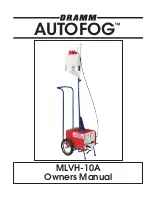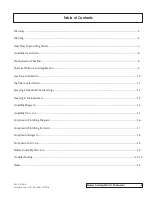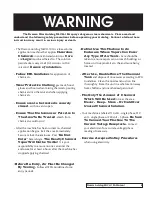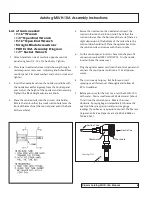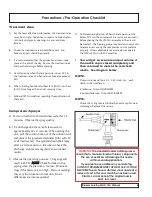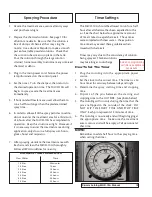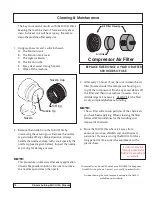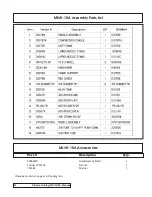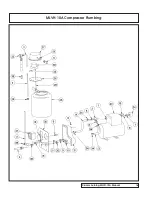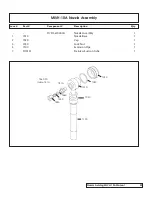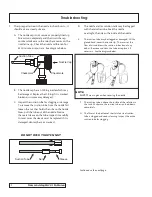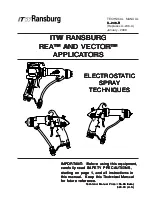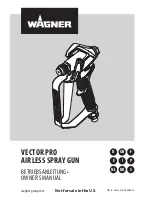
The Dramm Autofog applys chemicals under the
low-volume (LV) principle. This means that the same
amount of active chemical is applied to a given area,
but the chemical is diluted into reduced amounts of
water. Because LV application is very efficient, many
users have found that lower volumes of chemical can
be used with the same results.
The Mini Autofog MLVH-10A will require a
minimum of 2 liters of water and the chemical to treat
5,000 square feet. If less than 5,000 square feet is
treated, a minimum of 2 liters of water is still used.
The specially designed solution tank and agitator
prevents concentrated chemicals from precipitating.
According to conventional high-volume (HV) spraying
methods, approximately 20 gallons of water (diluent)
plus the chemical is needed to treat 5,000 square feet.
LV application is only possible when extremely fine
particles are produced. The patented nozzle design of
the Mini Autofog MLVH-10A produces particles which
will range in size from .5 to 10 microns in diameter. Air
enters the nozzle from the oil-less compressor and
then exits the nozzle at super sonic speeds. This
movement of air creates a venturi that draws solution
from the chemical tank. As the solution exits the
nozzle it is micronized into billions of tiny particles.
The micronized chemical particles stay suspended for
up to 6 hours and are distributed by horizontal airflow
fans (HAF) and natural air currents.
The Mini Autofog MLVH-10A features manual
starting and a timer for automatic shut-down. Other
features include a safety valve on the compressor to
release any abnormal pressure build-up. The motor
which drives the compressor is supplied with a
grounded electrical cord set and is protected from
overheating with a thermal fuse that disconnects
power to the entire sprayer. The Mini Autofog MLVH-
10A now has a redesigned frame and handle to ease in
its transportation in small greenhouses and storage
facilities.
How Does My Autofog MLVH-10A Work?
7
Dramm Autofog MLVH-10A Manual
Note: Dramm offers an instructional video on our website. Please watch this before using your machine.
Summary of Contents for Autofog MLVH-10A
Page 1: ...AUTOFOG MLVH 10A Owners Manual...
Page 12: ...Dramm Autofog MLVH 10A Manual 14 MLVH 10A Assembly Diagram...
Page 14: ...Dramm Autofog MLVH 10A Manual 16 MLVH 10A Compressor Plumbing...
Page 15: ...MLVH 10A Compressor Plumbing Parts List 17 Dramm Autofog MLVH 10A Manual...
Page 16: ...MLVH 10A Compressor Diagram Dramm Autofog MLVH 10A Manual 18...
Page 17: ...MLVH 10A Compressor Parts List 19 Dramm Autofog MLVH 10A Manual...

